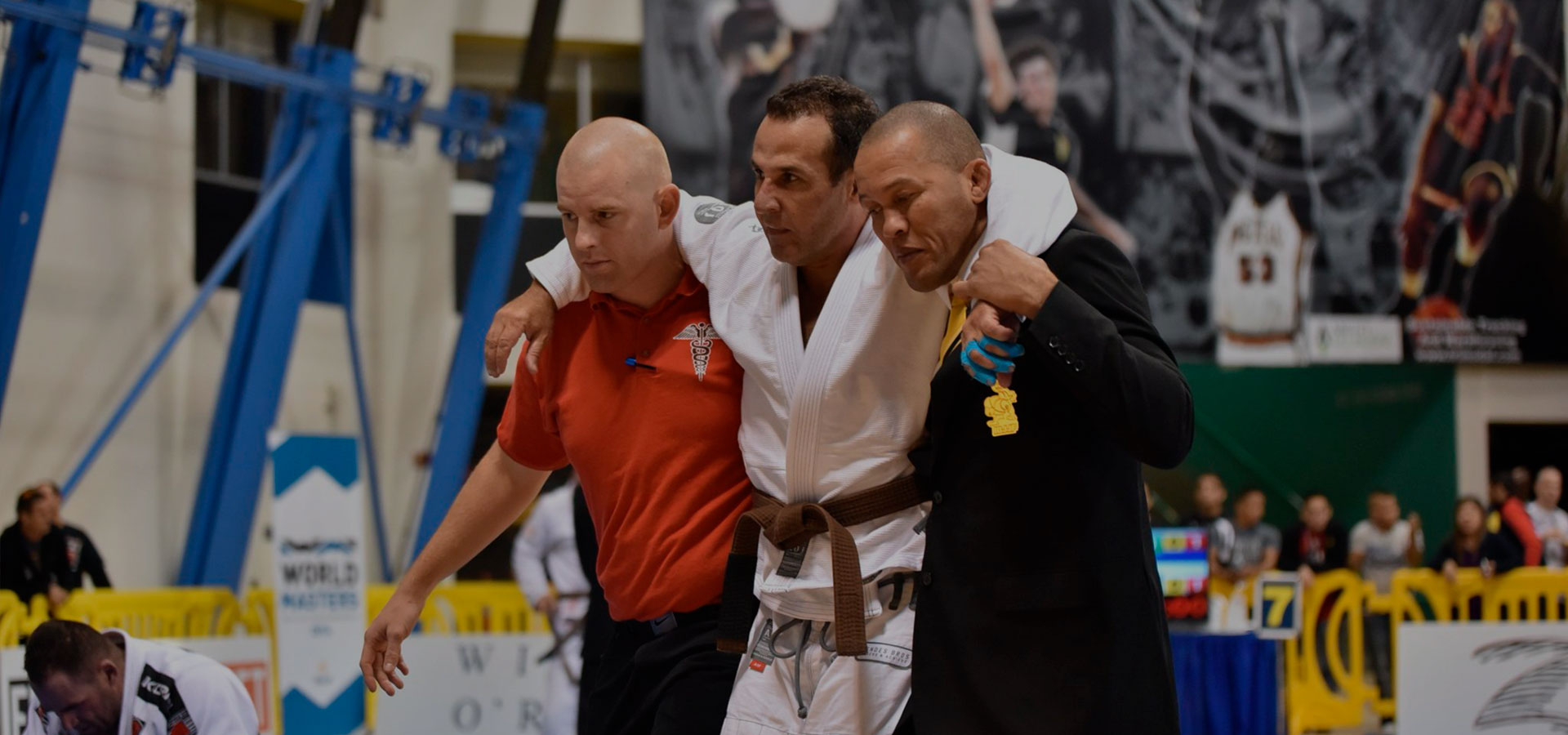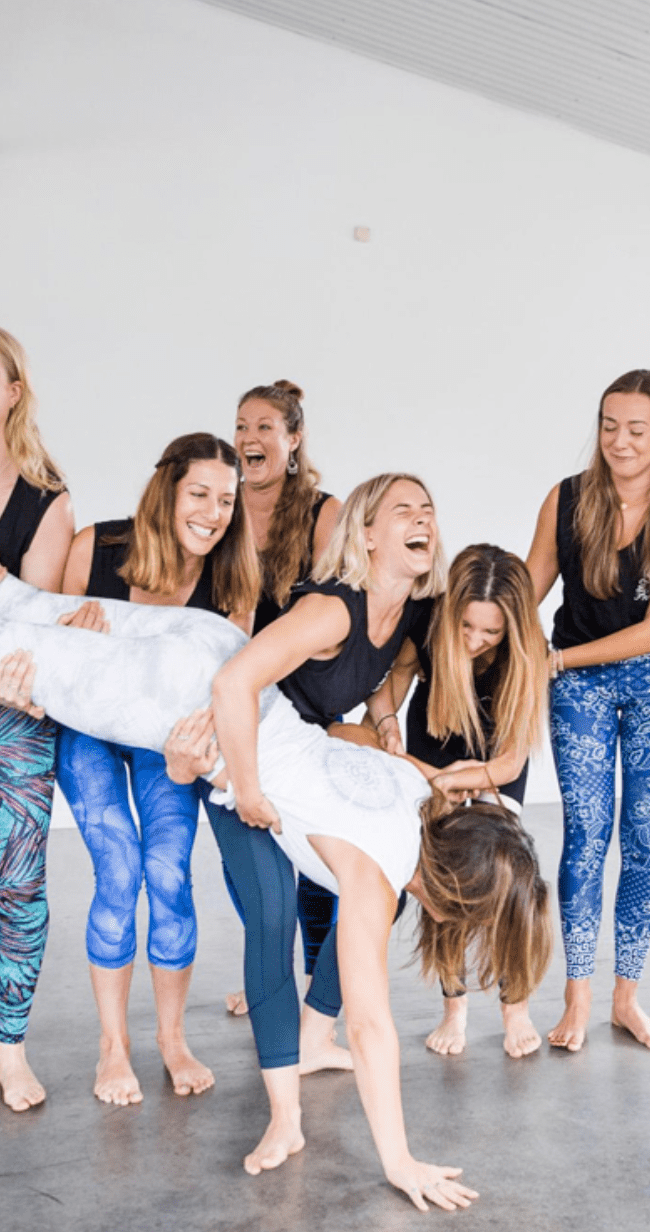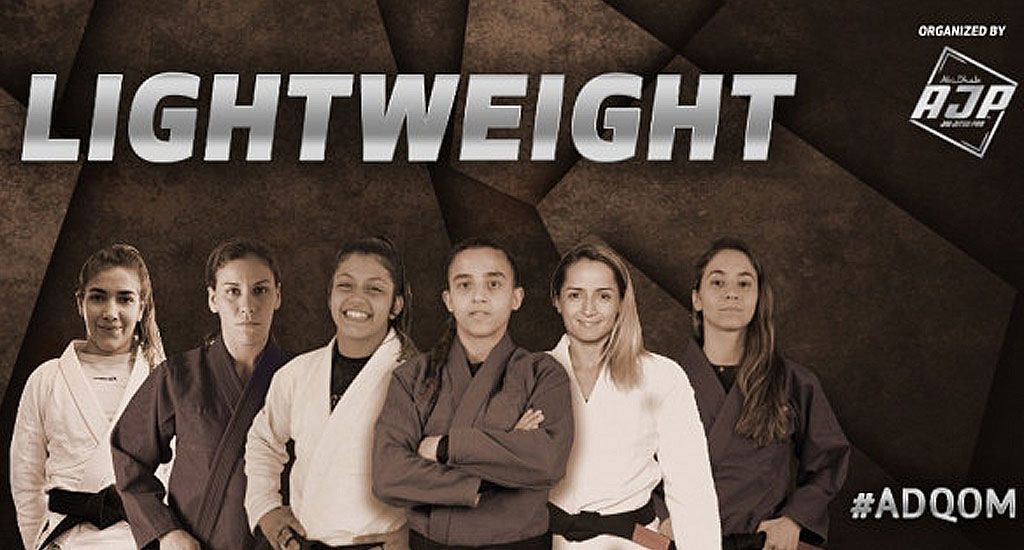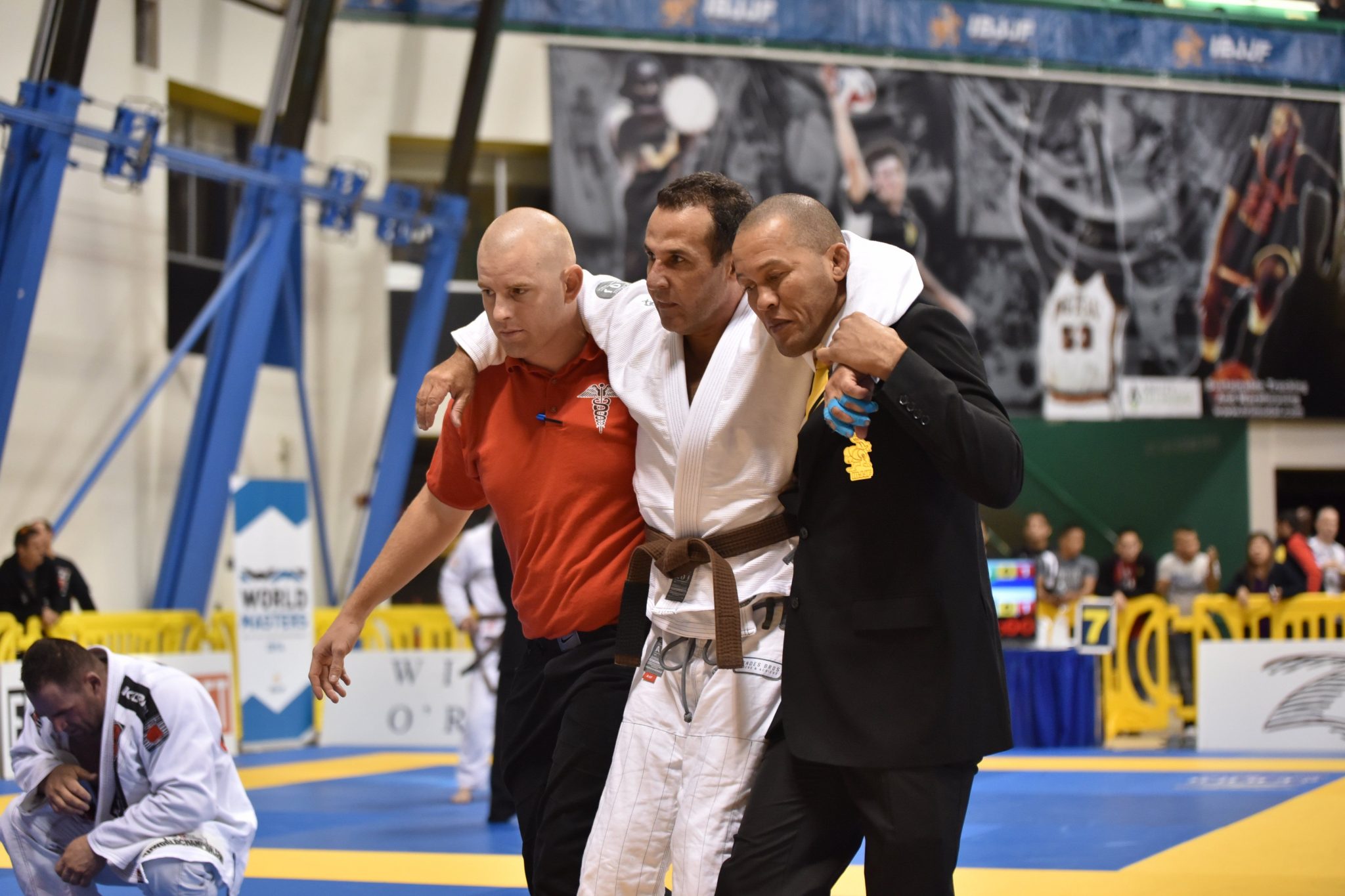
Jiu-jitsu injuries are an inevitable part of the sport. From a broken rib to a torn ACL, there any many jiu-jitsu injuries that can plague a jiu jitsu athlete – and almost every BJJ athlete has copped a jiu-jitsu injury that’s taken them off the mats. And of course, while some BJJ injuries can mean time off training for up to six months or more, it needn’t be all doom and gloom!
Sure, you’re not able to engage in the thing that takes up nearly all of your spare time and keeps you fit and motivated, but there are ways that you can still complement your jiu-jitsu training while you’re taking time off. And, if done properly, it can mean that when you do end up returning to the mats you’ll be repaired and stronger than ever.
Here are some tips for how best to deal with recovery from BJJ injuries:
Take your jiu-jitsu recovery seriously, don’t come back on the mats too early
Always follow your doctor or physio’s advice on recovery exercises and time. Never undervalue the power of rest in helping to heal. Too many athletes have re-injured themselves by coming back onto the mats too early and doing something foolish with a not-fully-recovered limb, turning what could have been a one-month absence into a six-month siesta. Don’t be a hero – be smart!
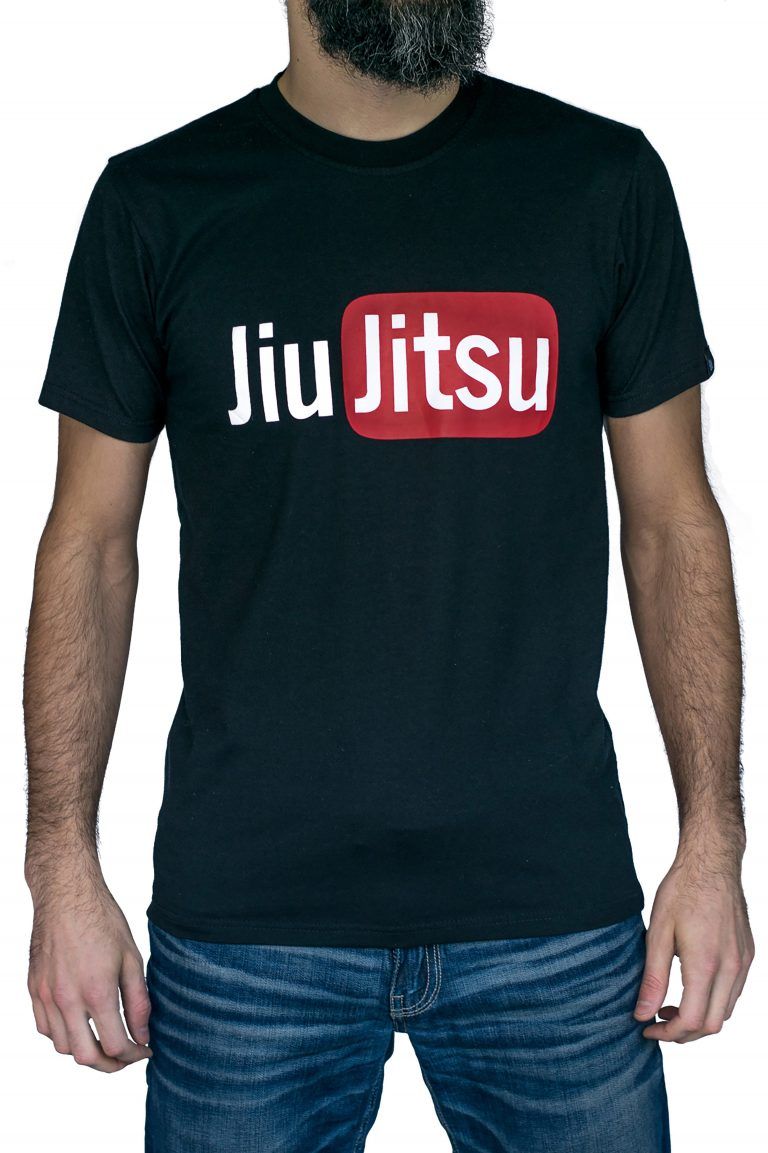
Did someone say, “You-jitsu?” There are many excellent youtube resources online for jiu jitsu techniques that you can devour when recovering from a jiu jitsu injury.
While recovering, keep your head in the game
Remember, BJJ is as much a mental game as it is physical one, so keep your brain occupied with techniques – because, as we all know, there are many, and they are constantly evolving.
Get learning! If all you can do is sit and watch, do it! Watching videos online, reading articles, or turning up to training to watch can keep you motivated and still engaged. Focus on one aspect of your game that you want to improve (for example, escaping side control, sweeps from open guard, etc) and devour as much quality youtube content about this as you can. Watch the technique, commit it to memory, and then visualise your body doing it, and when you’re finally ready to train, give it a red hot go.
Yes, other sports aside from jiu-jitsu are now boring in comparison, but do them anyway!
Once you’re ready to be mobile, get moving. Follow the exercises your doctor/physio has recommended, and try other forms of exercise or sports that don’t aggravate your injury. Just always remember the golden rule – if it hurts, don’t do it.
Swimming and cycling are some excellent non-impact sports that can help keep your fitness up and your spirits high while you’re waiting to get well enough to train. Regardless of what you do, just don’t stop exercising altogether. Doing this heightens the chances of re-injury when you get back on the mats and can mean it takes longer to get back into fighting shape.
Once you’ve recovered from your jiu-jitsu injury, at first train smart, not hard
Chances are you’re not going to be 100% when you first come back on the mats, and that’s OK, so long as you respect your body’s limits. Make sure you don’t go hard out for the first few weeks, because this is the process of building up the strength and endurance again. While your brain might be raring to go, the body may not be so willing. Tell your training partners from the outset what injury you have suffered, and try to avoid particular moves that might risk re-injury.
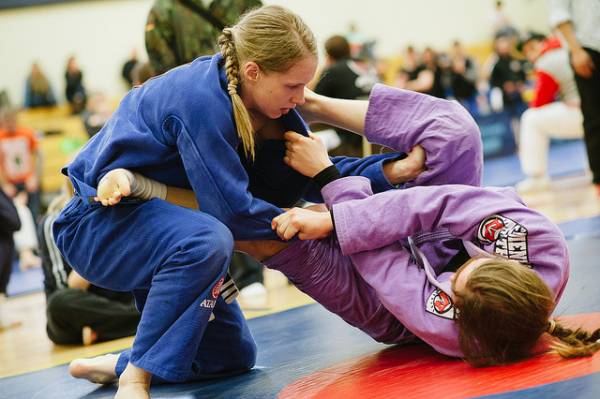
Accidents and injuries can and will happen in jiu jitsu.
If your recovery process is particularly long, take this as an opportunity to strengthen other aspects of your game. Take heart from the originator of the modern half-guard, Roberto ‘Gordo’ Correira. As an 18-year-old BJJ athlete, Gordo suffered an ACL tear in his left knee. This rendered traditional guard game impossible, so he developed a new way to use half-guard as a form of offensive techniques. Now, many athletes use half-guard as a means to sweep, attack and submit – and we have Correira’s injury and creativity to thank for it.
Take a look at the following youtube vid (particularly around the 04:23 mark) to see how Gordo used his injuries to progress his game.
Don’t be alarmed, you will recover from your jiu-jitsu injury!
Remember, injuries happen to all of us sooner or later and they can really bum us out. But they are not the end of the world! If you treat your injury with respect, keep your head in the game and be smart about your recovery – it might end up becoming a blessing in disguise.


